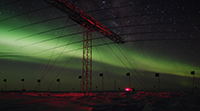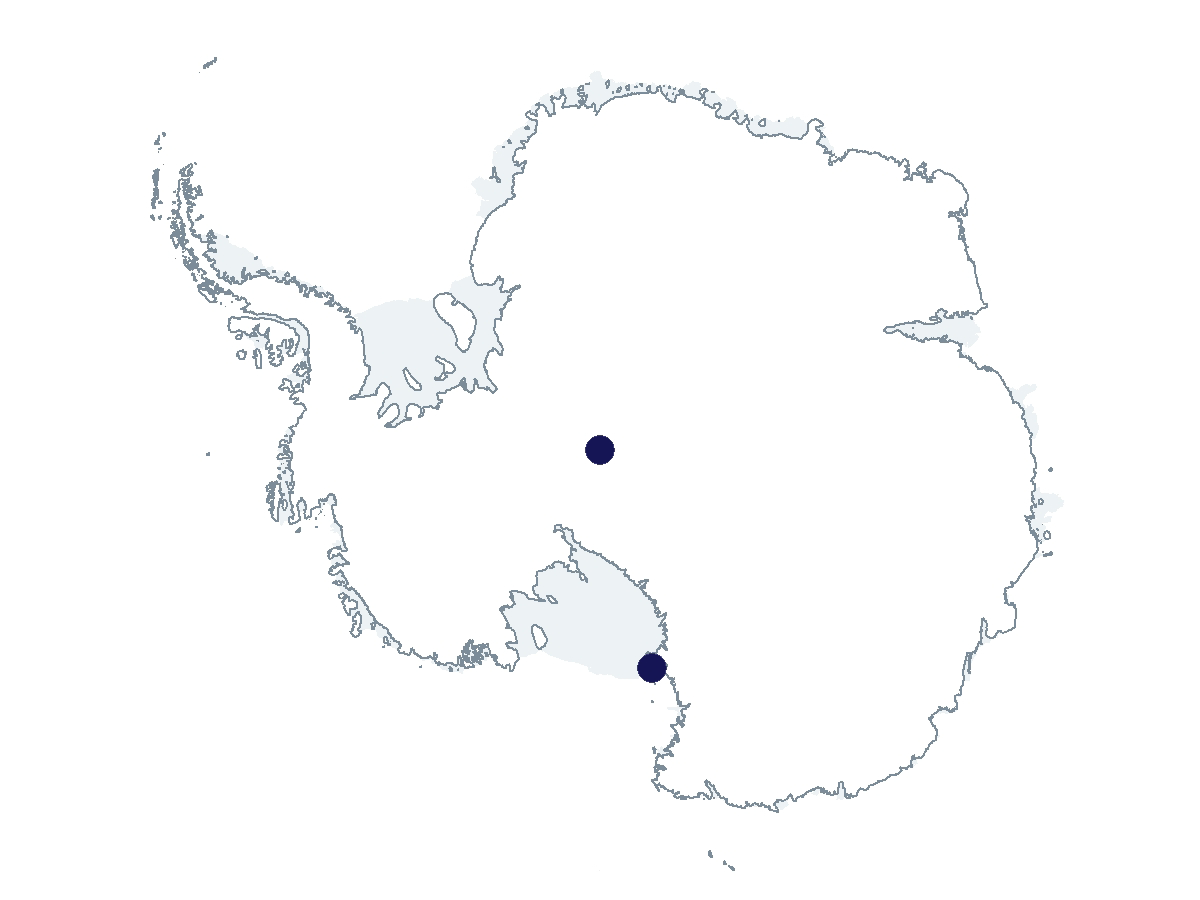2022-2023 USAP Field Season
Project Detail Project TitleAntarctic SuperDARN research, operations, and system enhancements Summary
Event Number:
Program Director:
ASC POC/Implementer: Principal Investigator(s)
Dr. William Bristow
Project Web Site: Location
Supporting Stations: McMurdo Station, South Pole Station DescriptionThe Super Dual Auroral Radar Network (SuperDARN) is a global, international radar network of 32 installations observing high-frequency (HF) bands between eight and 22 MHz. These systems help answer questions about the geomagnetic conjugacy of global magnetic storms and substorms, and the differences in ionospheric plasma convection caused by the asymmetry of solar illumination in both hemispheres. The SuperDARN network can observe global-scale convection with excellent temporal and spatial resolution, which makes it a powerful tool for ground-based research, enabling scientists to address fundamental and important questions of space physics. The data it acquires are also relevant to space-weather studies, and they enhance the usefulness of data from other instruments. Field Season OverviewTwo team members will deploy to McMurdo Station to perform system maintenance, such as inspecting the equipment, tightening guy wires and antennae, replacing shackles, re-leveling the radar poles, and diagnosing problems with the electronics and antennas. They will also check the transmitter's operational status and make any adjustments needed to bring the beam into optimal working condition. The main computer that runs the system will be replaced. One team member will travel to South Pole Station. They will carry out annual maintenance of the radar electronics and install components in a few of the transmitters that require minor modification. Deploying Team Members
|
2022-2023 Science Planning Summary



For USAP Participants |
For The Public |
For Researchers and EducatorsContact UsU.S. National Science FoundationOffice of Polar Programs Geosciences Directorate 2415 Eisenhower Avenue, Suite W7100 Alexandria, VA 22314 Sign up for the NSF Office of Polar Programs newsletter and events. Feedback Form |



